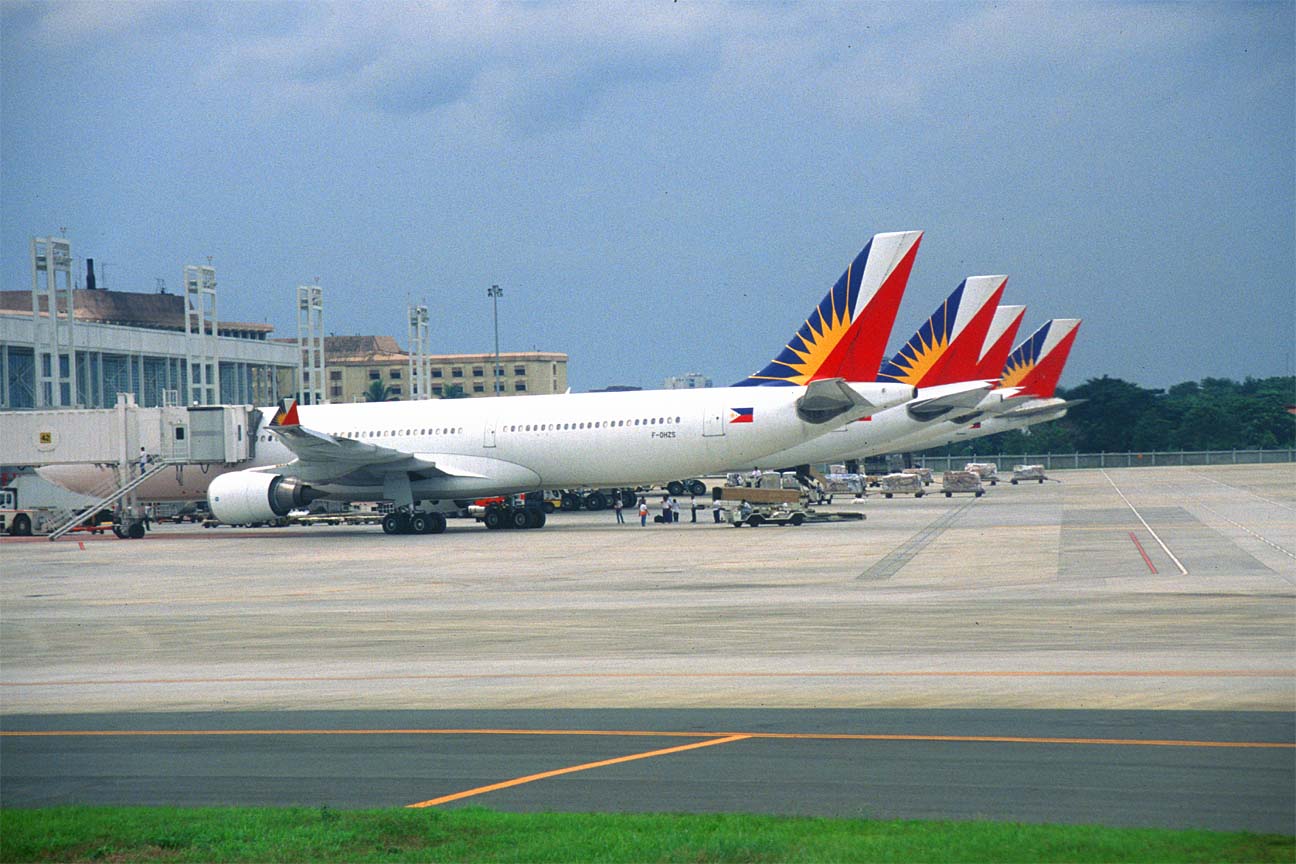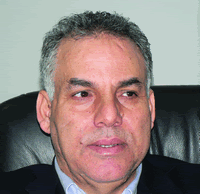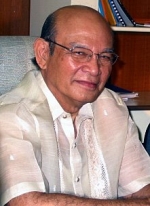August Special Edition
 It can be said that Foreign Travels tells you what kind of leader your President was. Nothing can be more exemplary than President Corazon Aquino.
It can be said that Foreign Travels tells you what kind of leader your President was. Nothing can be more exemplary than President Corazon Aquino.During the Eulogical speech of Feliciano Belmonte to his former boss last Tuesday, he spoke about how the President entrusted him on the management of some corporate cash cows. One of those prominent cash machines was Philippine Airlines. Its akin to one of the geese that lays the golden egg for the Republic yet an economic time-bomb by itself.
As I watched and listened the necrological episodes in tribute to Cory Aquino, I can't help but recall how her government earnestly tried to managed a growing monster inside the airline that bleeds it to eventual collapse in 1998.
Truly indeed, Cory Aquino, who inherited an ailing economy from the previous government, never dipped a finger on PAL despite her grip of control as Belmonte pointed out. Her brother, Pepeng Cojuangco attested to it. Although its a different story if we talk about her cousin's influence which she has nothing to do about, much so their wealth that goes with it.
Her first foreign travel after assuming office became a standard of what she truly is. A standard too difficult for other leaders to follow. And yet, its always been that way until she stepped down from power.
Cory Aquino traveled in style. A style far from the norm of her predecessor in a class befitting a Head of State. She insisted to travel on business class when first class could have been more better. With a status and power equivalent to today's Chief Executive Officer, she could easily do so on a whim to a company under her control.
But no, she acted like what Lucio Tan always did when traveling his airline. Be like an ordinary passenger just like any body else. Its more like leading by example. After all, as she always said, to Teddy Boy Locsin "its not our money."
While in business class, you would have thought the area where she sat be blocked to cordoned her, but you should be surprised that she sat with other business class passengers.
The Head of State of the Philippines and Philippine Airlines supreme boss insisted to be treated just like a normal business-class passenger.
When she first went to the United States as President in September 15, 1986 to address the United States Congress, She travelled on a tight budget going to Washington with only two suitcases and 15 cabinet officials in tow.
Its always been that way in a Boeing 747-200 during her Presidency, a far cry from her successors in Office and a mile away from her predecessor who on a 1982 visit chartered two 747s, blocked off one first-class section for a bedroom and the entire 747 for the exclusive use of the Presidential family, while another 747 carried the entourage of 300 people.
Few might know that Cory Aquino earned the distinction to be the only Philippine President to board Air Force One that ferried her from San Francisco to Washington, although the US 747 was coded as Air Force two because of the presence of Vice President George Bush. She was also the only Philippine President to board Marine One courtesy of Ronald Reagan.
Few Head of States are invited to address the United States Congress and fewer still are those invited to ride the US Presidential jet. Perhaps, the American people knew well what most of us never managed to know.
By Gil Carolino
 In 1987, Malacañang appointed me to be a member of The Committee on State Visits of President Corazon C. Aquino. I was then with Philippine Airlines and this unexpected appointment gave me the distinct privilege of going with Tita Cory on all her trips abroad. She made only a handful, less than a dozen (nothing compared to the more than 50 and 30 trips of two Philippine presidents), but they were more than enough for me to know Tita Cory up close and personal.
In 1987, Malacañang appointed me to be a member of The Committee on State Visits of President Corazon C. Aquino. I was then with Philippine Airlines and this unexpected appointment gave me the distinct privilege of going with Tita Cory on all her trips abroad. She made only a handful, less than a dozen (nothing compared to the more than 50 and 30 trips of two Philippine presidents), but they were more than enough for me to know Tita Cory up close and personal.Tita Cory never gave the PAL crew any problem. She never demanded anything as far as service was concerned, like asking for special and elaborate meals. The only thing that she asked to be served was arroz caldo which, after that, became a standard feature of PAL’s inflight meals.
Tita Cory was very pleasant with the crew and everyone on the plane, including the regular passengers whom Tita Cory sought so she could have even a short conversation with them inside the plane. Everyone was awed by Tita Cory’s simplicity and pure heart.
Lunch at Arlegui
I am neither a close family friend nor an official of her administration, yet, very early on during her presidency, Tita Cory invited me and my wife to have lunch one Sunday with her children (Noynoy and Kris were not there) at the Arlegui residence inside the Malacañang compound. There we saw a fine lady, not the President of the land, but the loving mother to Ballsy, Pinky and Viel and their spouses, and the very doting lola (grandmother) to her apos (grandchildren).
And, how could you not be forever grateful to Tita Cory if she showed genuine concern for your safety and welfare of your family?
A few weeks before the outbreak of the 1991 Gulf war, I was all packed up to be based in Dubai, UAE, to be PAL’s regional vice president/GM for the Middle East. As a matter of respect, I called up the Office of the President and told Tita Cory’s eldest daughter Ballsy to inform the President about it. Before I could even hang up, Tita Cory was already on the line and asked me, “O, gusto mo ba yan?” to which I answered in the affirmative. She might have felt differently because a few minutes after we talked, then PAL Chair and now Quezon City Mayor Sonny Belmonte called me to his office and told me, “O, tumawag si Tita Cory, ayaw ka niyang ma-assign don kasi may guerra daw don.”
Out of harm’s way
I could not describe my feelings. I was simply overwhelmed because, to me, it was unimaginable that the President of the Philippines, who had far more important things to attend to, would personally go out of her way to do that.
Napakahalaga ng buhay ng tao sa kanya. She showed it again when she, subsequently, directed PAL to operate special flights to evacuate her countrymen who had no way out as they were stranded in the region during that most critical period. Tita Cory personally followed up the developments and actual operations of the special flights
which, I thought, she could just have assigned to her Cabinet and staff to coordinate with PAL.
Tita Cory is gone. However, our spontaneous outpouring of grief and sadness is solid proof that we fully embrace the ideals and aspirations she wholeheartedly and endlessly fought for. Let us keep the fire brightly glowing until another Tita Cory comes, though I feel sad realizing the fact that that time will be beyond my lifetime.































